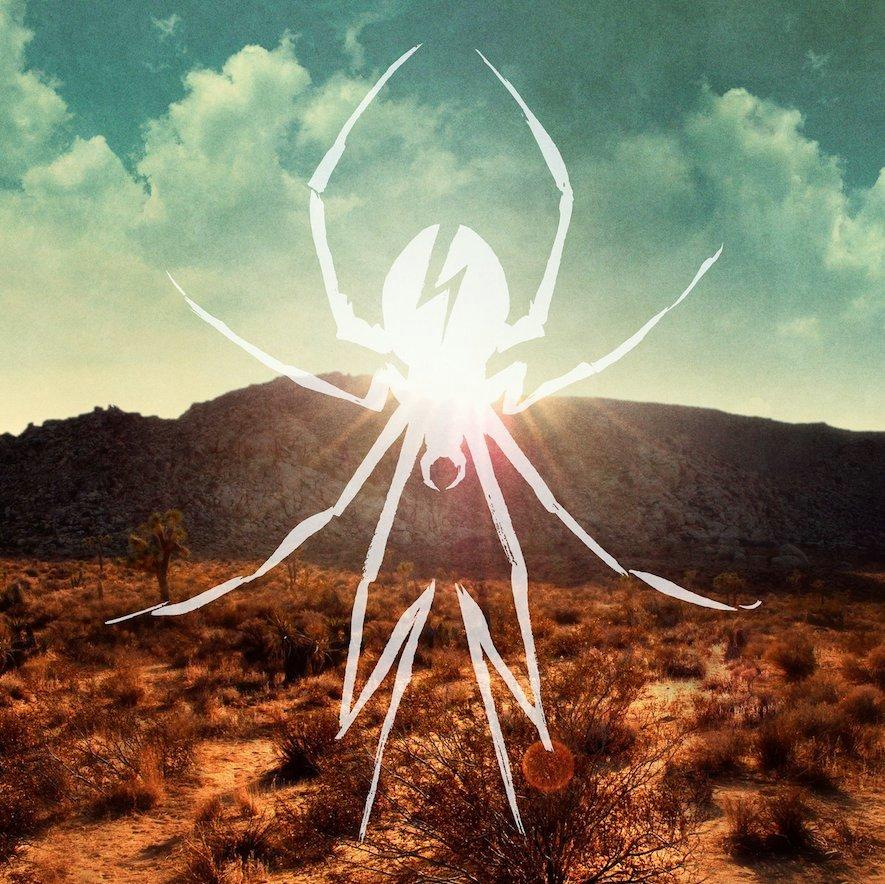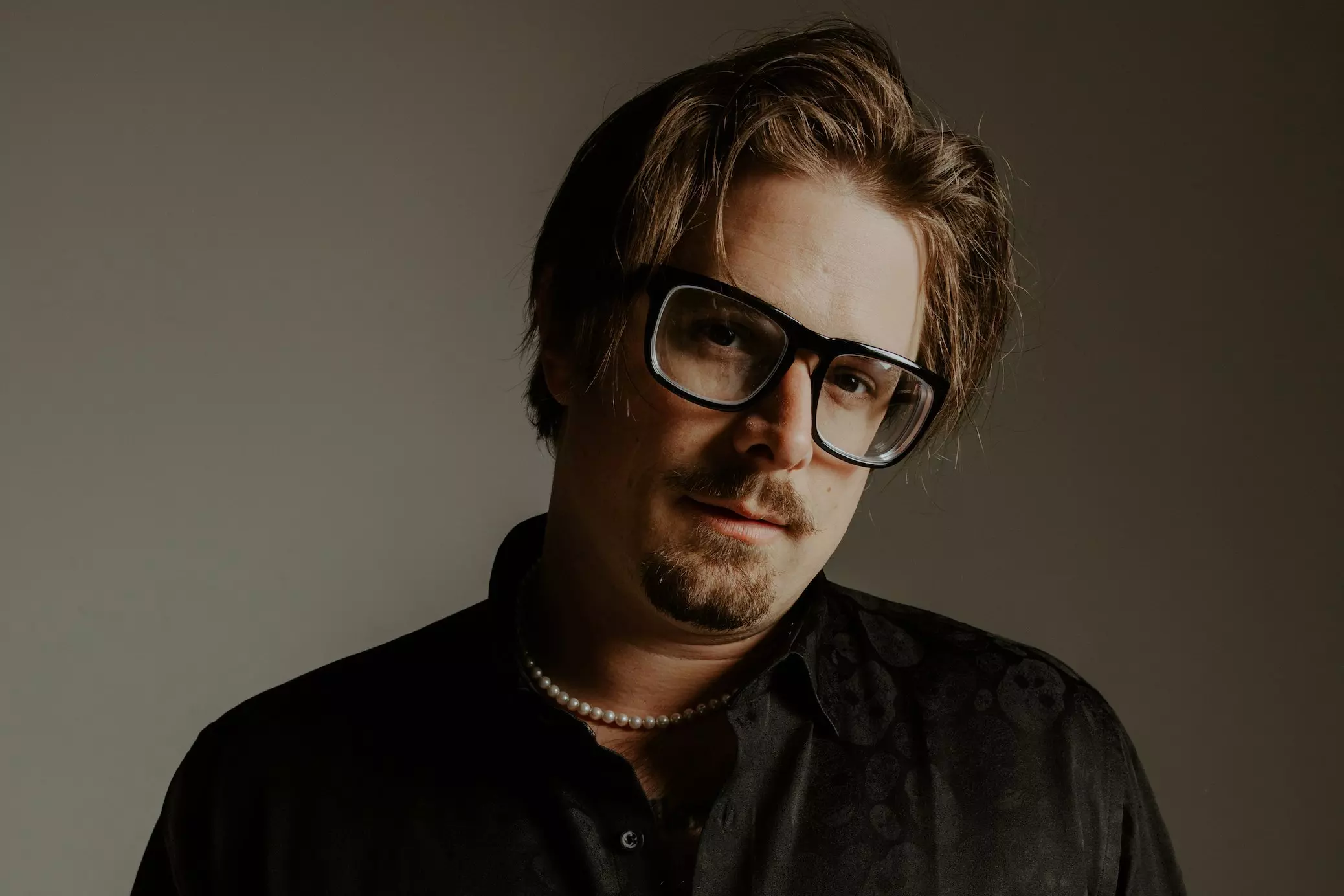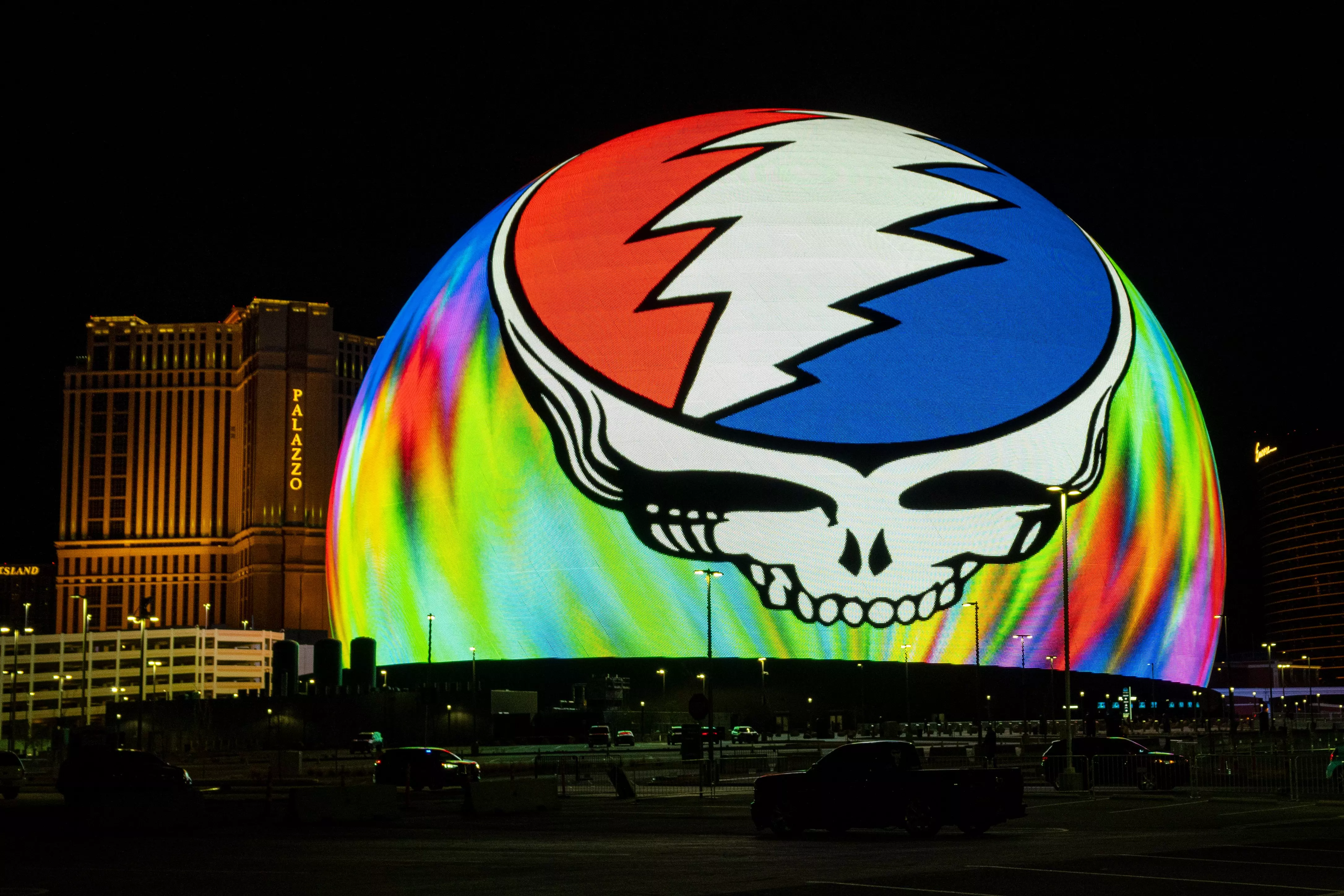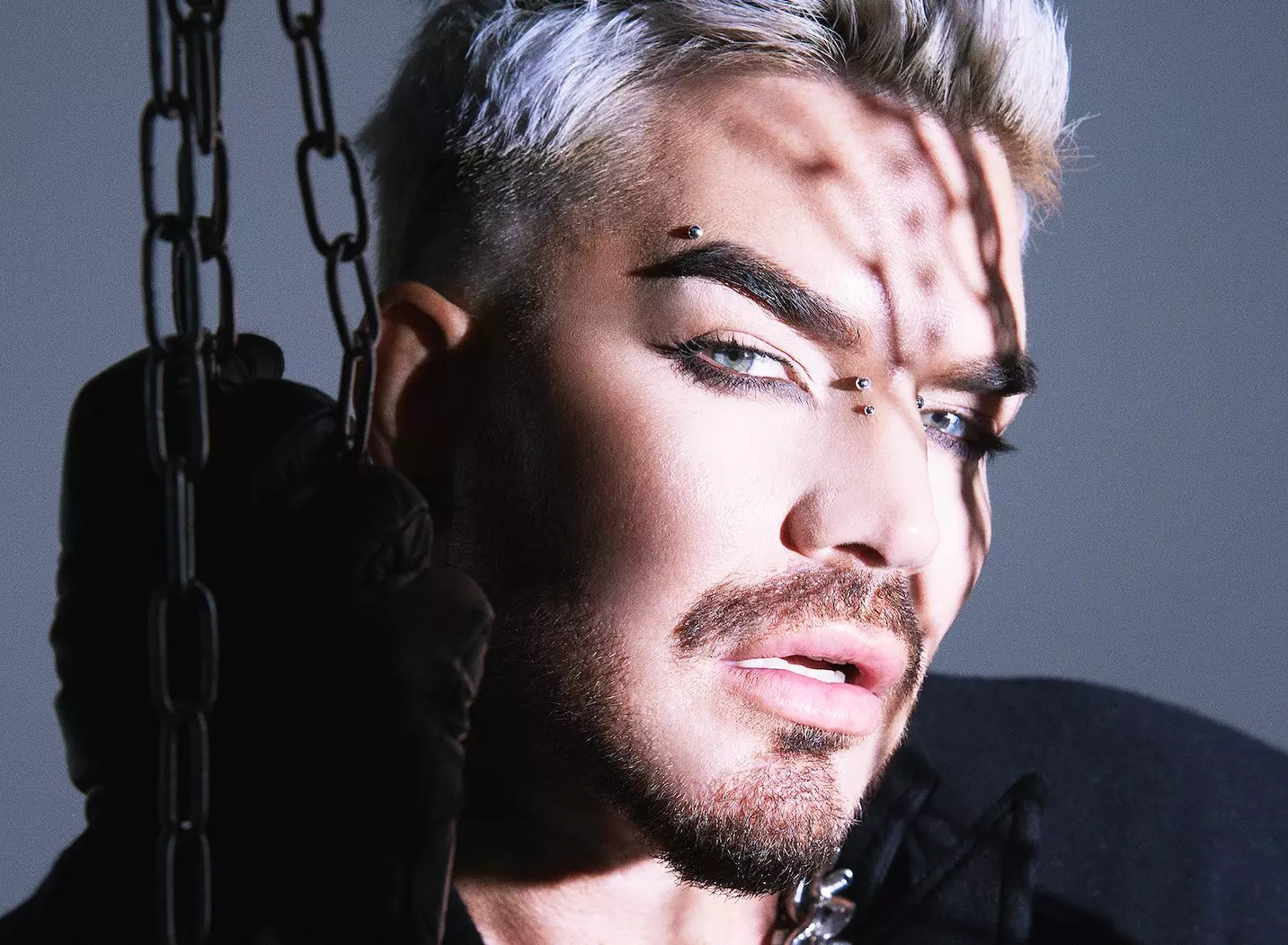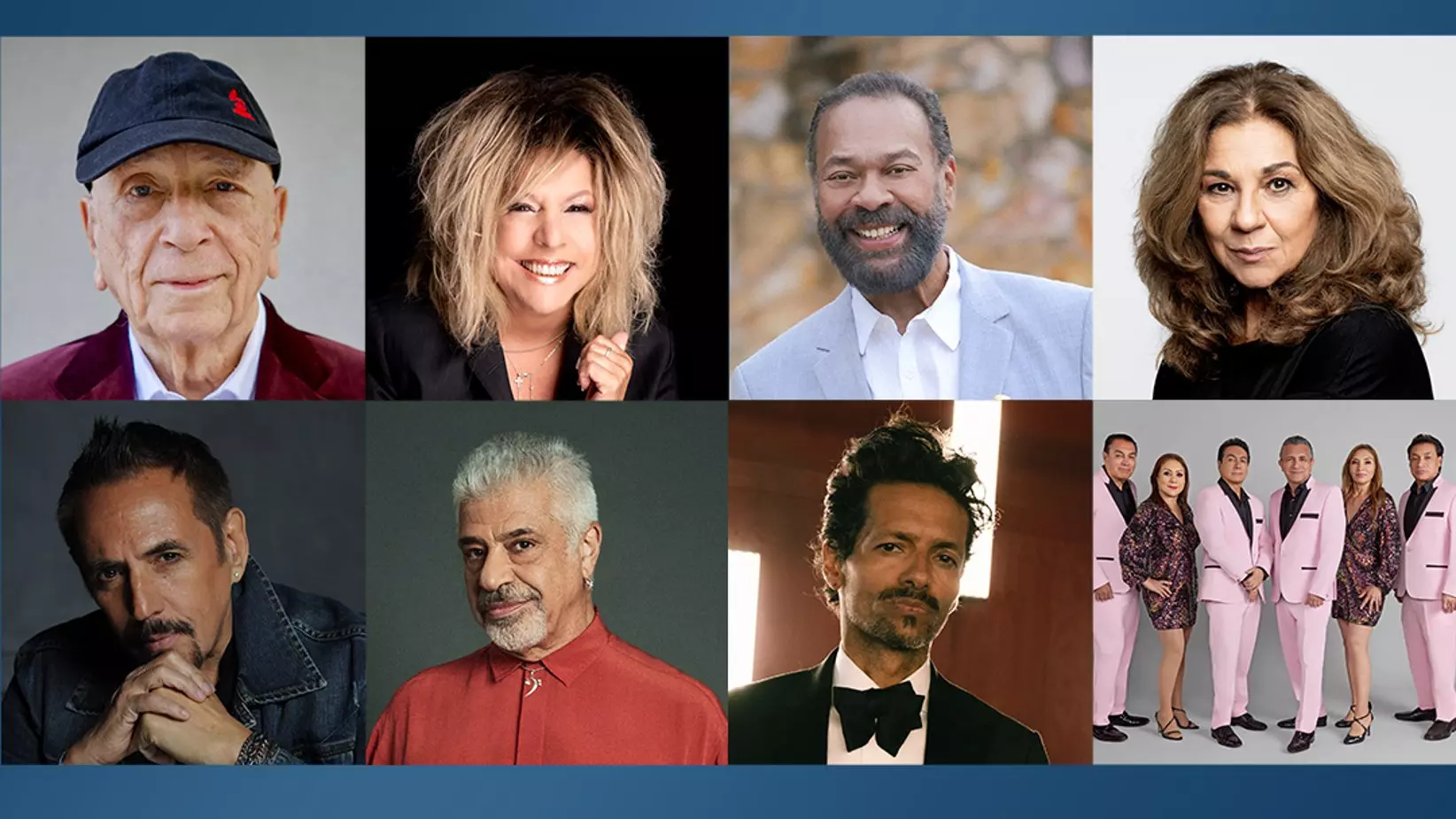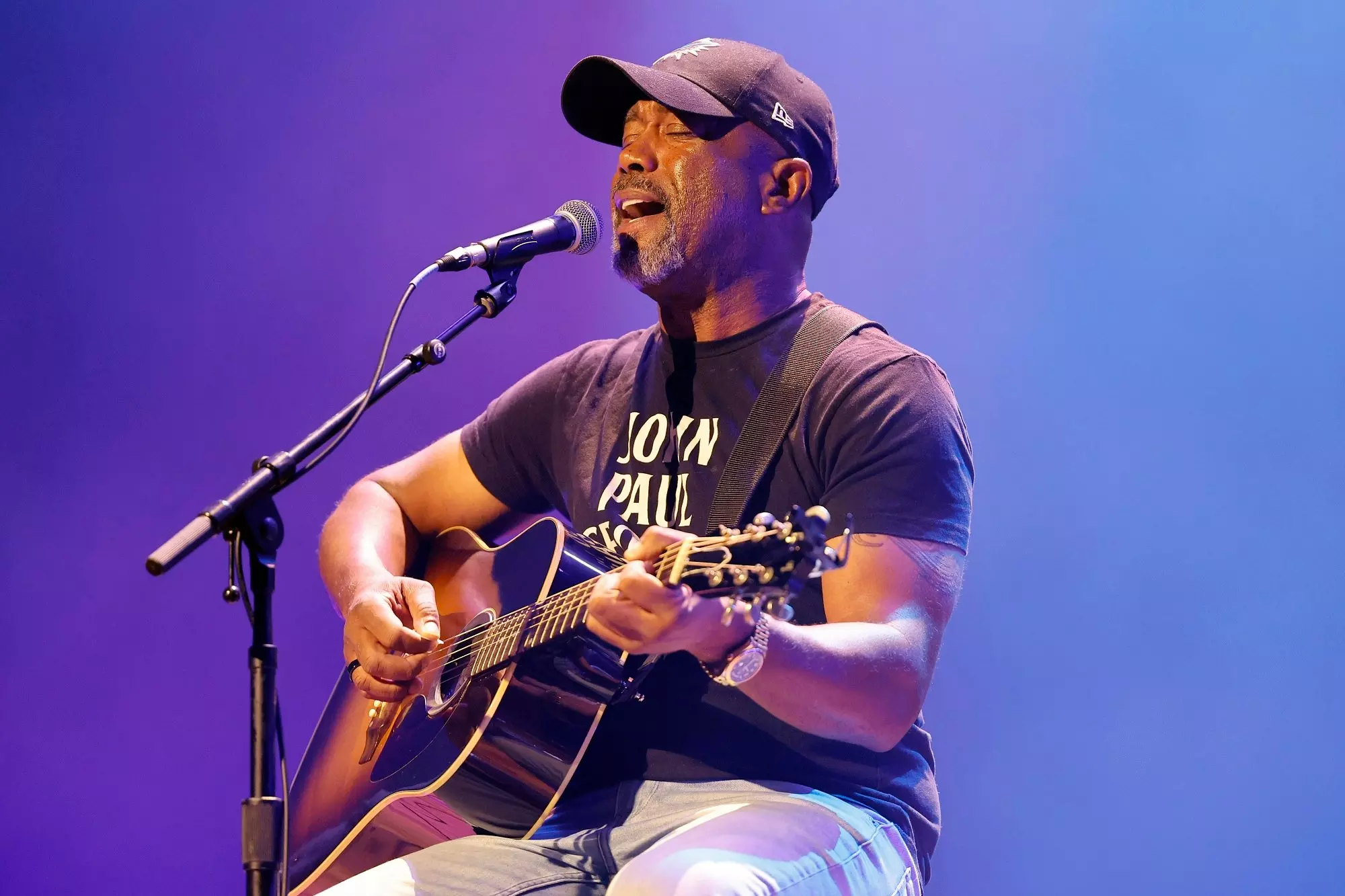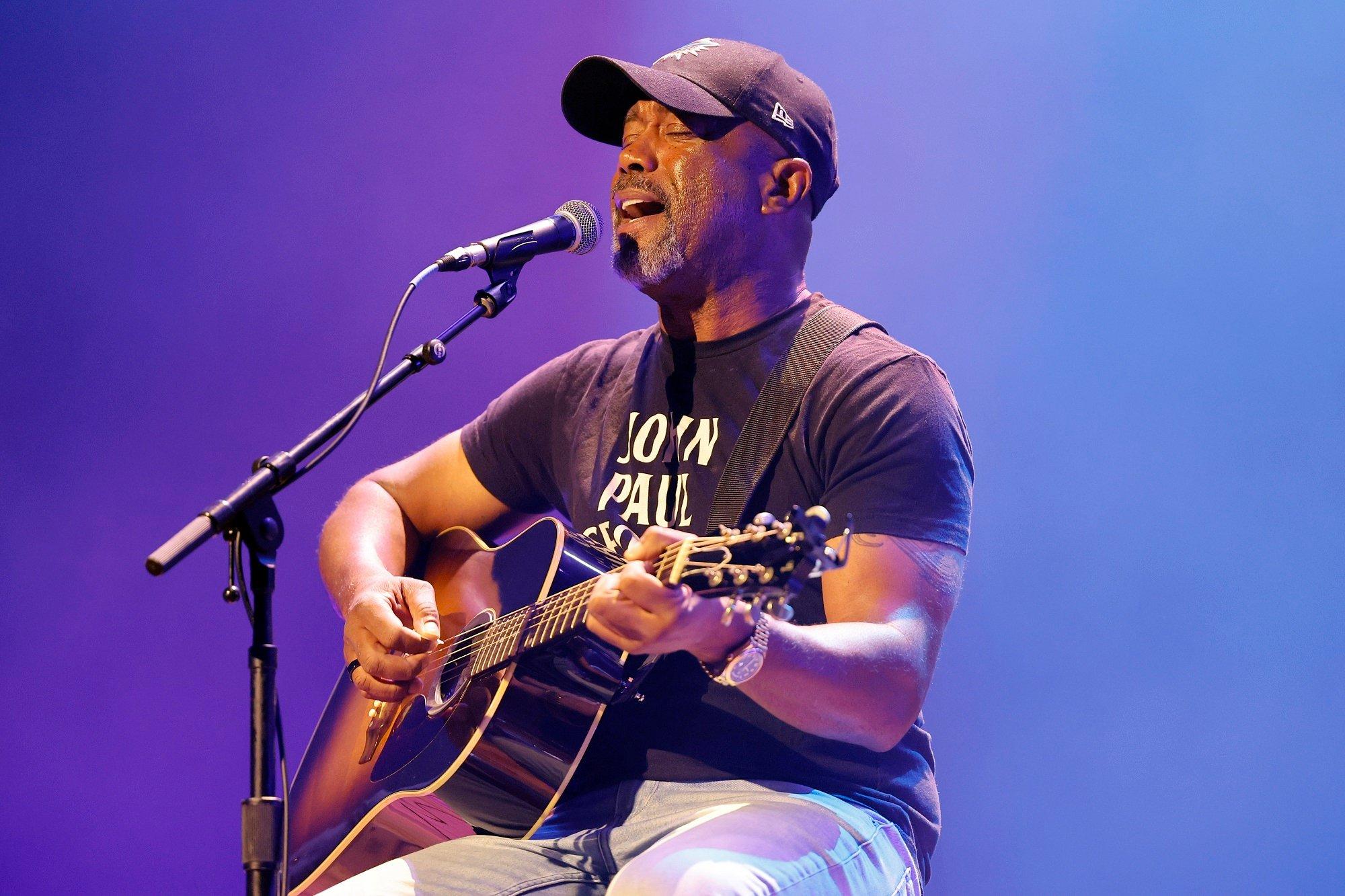Founded in Newark, N.J., in 2001, My Chemical Romance (MCR) were at the top of their game by the start of the 2010s. While their 2002 debut album, I Brought You My Bullets, You Brought Me Your Love, was a promising and successful fusion of gothic rock and post-hardcore, it was their two immediate follow-ups—Three Cheers For Sweet Revenge (2004) and The Black Parade (2006)—that turned them into full-blown emo emissaries. In fact, those album covers and concepts remain synonymous with the movement, gracing the walls of Hot Topic stores across the U.S. and being celebrated by virtually every genre fan.
Consequently, that also meant that My Chemical Romance's fourth and final studio album, Danger Days: The True Lives Of The Fabulous Killjoys, largely lived in the shadows of the band's two breakout releases—at least to an extent. Released November 22, 2010, the album evolved MCR's already-winning aesthetic narratively, structurally and musically, which understandably resulted in some polarization among listeners. Ultimately, that's a testament to the boldness and maturity of Danger Days, as it, like all worthwhile artistic endeavors, pushed its creators and their devotees to new places. As such, it's the group's most striving and sundry collection
<style>.embed-container { position: relative; padding-bottom: 56.25%; height: 0; overflow: hidden; max-width: 100%; } .embed-container iframe, .embed-container object, .embed-container embed { position: absolute; top: 0; left: 0; width: 100%; height: 100%; }</style><div class='embed-container'><iframe src='https://www.youtube.com/embed/egG7fiE89IU' frameborder='0' allowfullscreen></iframe></div>
MCR recorded Danger Days between June 2009 and July 2010. At first, the band worked with producer Brendan O'Brien (Pearl Jam, Bob Dylan, AC/DC) on their new material; however, those tracks were ultimately saved for a subsequent compilation, Conventional Weapons (2013). The group enlisted The Black Parade producer Rob Cavallo once again. Likewise, drummer Bob Bryar—who took over for co-founder Matt Pelissier in 2004 immediately after the release of Three Cheers—officially left in March 2010. Interestingly, he's only credited with songwriting here, with John Miceli filling in on drums and percussion on all tracks except "Bulletproof Heart," which features Dorian Crozier.
Read: Hayley Williams On Going Solo, Alanis Morissette & Trusting Her Intuition
Stylistically, MCR uphold their trademark alternative/punk/pop-rock foundation on Danger Days while also digging deeper into electronic, proto-punk and even psychedelic elements. According to Way, this was an attempt to offer a "stripped down" sound and pay homage to '60s and '70s icons like The Beatles, Queen and David Bowie. Therefore, Danger Days feels like a sibling to its precursors that also evokes the catchier, freer and brighter power/synth-pop vibes of Coheed and Cambria, Panic! at the Disco and modern Green Day.
Like its forebears, the record is a concept album: Danger Days takes place in a post-apocalyptic California in 2019 and follows The Killjoys, a quartet of rebellious reactionaries composed of Party Poison, The Kobra Kid, Jet-Star and Fun Ghoul, as they try to take down the nefarious Better Living Industries. Clearly, that Gorillaz-meets-Mad Max kind of colorful cataclysm is in stark contrast to MCR's previously bleaker storylines; the fact that the sequence is framed around broadcasts from a lively pirate radio host, Dr. Death Defying, adds to the friskiness. This technique also places Danger Days in the ever-expanding lineage of albums that unfold like live broadcasts: The Who Sell Out, Queens Of The Stone Age's Songs For The Deaf, Janelle Monáe's The Electric Lady, Vince Staples' FM. It's not surprise that Way sees the album as their "defining work."
<style>.embed-container { position: relative; padding-bottom: 56.25%; height: 0; overflow: hidden; max-width: 100%; } .embed-container iframe, .embed-container object, .embed-container embed { position: absolute; top: 0; left: 0; width: 100%; height: 100%; }</style><div class='embed-container'><iframe src='https://www.youtube.com/embed/fSye1-TBeqg' frameborder='0' allowfullscreen></iframe></div>
Throughout the album's elaborately hyped marketing cycle, which included "secret shows" and a fanciful trailer, MCR released several singles and music videos; most of those showed up in other forms of pop culture, too, such as in the film Movie 43; TV shows like "Teen Wolf" and "The Voice"; and video games like "The Sims 3" and "Gran Turismo 5." There was also a corresponding 48-page book and a three-track EP, The Mad Gear And Missile Kid, the latter of which guitarist Frank Iero billed as being "what The Killjoys are listening to in the car as they're having those gun battles." (Way also created a comic book sequel, "The True Lives Of The Fabulous Killjoys," in 2013.)
Danger Days sold over 1 million copies worldwide within its first three months, peaking at No. 1 on Billboard's Top Rock Albums and Alternative Albums charts and securing gold certification by the RIAA. It became a Top 10 hit on the Billboard 200 chart and gained comparable chart placements in Japan, Mexico, New Zealand and Finland. True, The Black Parade fared much better—a No. 2 spot on the Billboard 200 chart and a triple-platinum certification by the RIAA—but Danger Days proved quite popular overall, with outlets like The Guardian, NME, Alternative Press, USA Today and Kerrang! praising it.
<style>.embed-container { position: relative; padding-bottom: 56.25%; height: 0; overflow: hidden; max-width: 100%; } .embed-container iframe, .embed-container object, .embed-container embed { position: absolute; top: 0; left: 0; width: 100%; height: 100%; }</style><div class='embed-container'><iframe src='https://www.youtube.com/embed/hTgnDLWeeaM' frameborder='0' allowfullscreen></iframe></div>
Overall, Danger Days is awesome. Dr. Death Defying kicks things off with a flashy introduction in "Look Alive, Sunshine," which is peppered with prophetic dissonance. It segues into the anthemic and spunky "Na Na Na (Na Na Na Na Na Na Na Na Na)," a stadium rock gem that embodies how Danger Days frequently repurposes MCR's beloved foundation into a glitzier and freer environment. Similarly, "Sing" places the group's recognizable antagonism beneath a sparser and lighter vibe.
Afterward, "Planetary (GO!)" offers a bit of unabashed dance-punk that is irresistibly enjoyable. Meanwhile, "Party Poison" incorporates a glam rock edge into its celebratory ethos, whereas "S/C/A/R/E/C/R/O/W" is a shimmering ballad and "Summertime" is a synthy slice of impassioned romanticism. In general, these tracks, among others, do a pleasing and commendable job of infusing new timbres and styles into their formula.
In contrast, the angsty forcefulness and straightforward strength of "Bulletproof Heart," "Save Yourself, I'll Hold Them Back" and "The Only Hope For Me Is You" recall more of MCR's earlier DNA. There's even a touch of post-hardcore heaviness on "Destroya," as well as some requisite emo fatalism and hyperbolic sentimentality on "The Kids From Yesterday." Closer "Vampire Money," written in reaction to people wanting them to contribute a song to the Twilight films, evokes the British attitude of The Rolling Stones and The Kinks before oozing classic rock 'n' roll charm, albeit with far more sharpness.
Danger Days may have been the beginning of the end for My Chemical Romance—at least until the band's very public reunion last year. Still, it's surely MCR's artistic peak, with an expansively entertaining storyline, a wide breadth of stylistic approaches and clever promotional tactics leading to a cumulatively greater sense of purpose and imagination. Thus, Danger Days stands as both their swan song and superlative release—that is, until we finally get that fifth studio album.
What It Meant To Me Will Eventually Be A Memory: Linkin Park's 'Hybrid Theory' Turns 20

